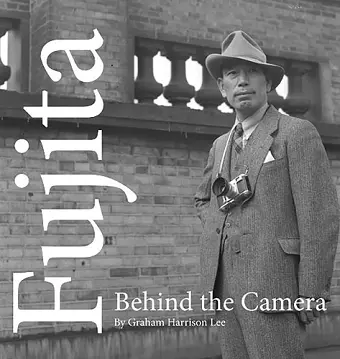Fujita
Behind the Camera
Format:Paperback
Publisher:Indiana University Press
Published:30th Aug '21
Currently unavailable, our supplier has not provided us a restock date

Fujita was not only a witness to momentous events in Chicago's history; his photographs of them also shaped the way those events were recorded. As a news photographer,he made iconic images of the EastlandDisaster, the 1919 race riots, the St. Valentine's Day massacre, and other incidents and personalities. Despite his ethnic background and limited ability to speak English, he became a celebrated, even swashbuckling, member of the staunchly segregated city's society, counting everyone from Carl Sandburg to Al Capone as friends. Yet he had to fight to avoid being sent to internment camps during World War II and he and his white wife refused to have children, fearing the prejudice bi-racial children would face. His story opens a window onto many of the political, social, and cultural struggles of the country at that time . . . and it's never been told before.
Fujita's story extends beyond Chicago. In Northern Minnesota Fujita built a cabin on Rainy Lake that is now listed on the National Registry of Historic Places and managed by the Voyageurs National Park. Fujita built a home at the Indiana Dunes – a neighbor of Vin and Hazell Hannell – where he "tramped" the dunes and experimented color photography of wildflowersin the woods and on the surrounding Indiana prairies. You will find a good sampling of the many wildlflower photographs in the book.
Fujita's newspaper and wildflower images are in the Chicago History Museum and the Art Institute. He was also an acclaimed poet with ties to Harriet Monroe of Chicago's Poetry magazine. In the 1920s, he authored a highly-regarded book considered the first American collection of Japanese tanka poetry.
ISBN: 9780253050533
Dimensions: unknown
Weight: unknown
220 pages